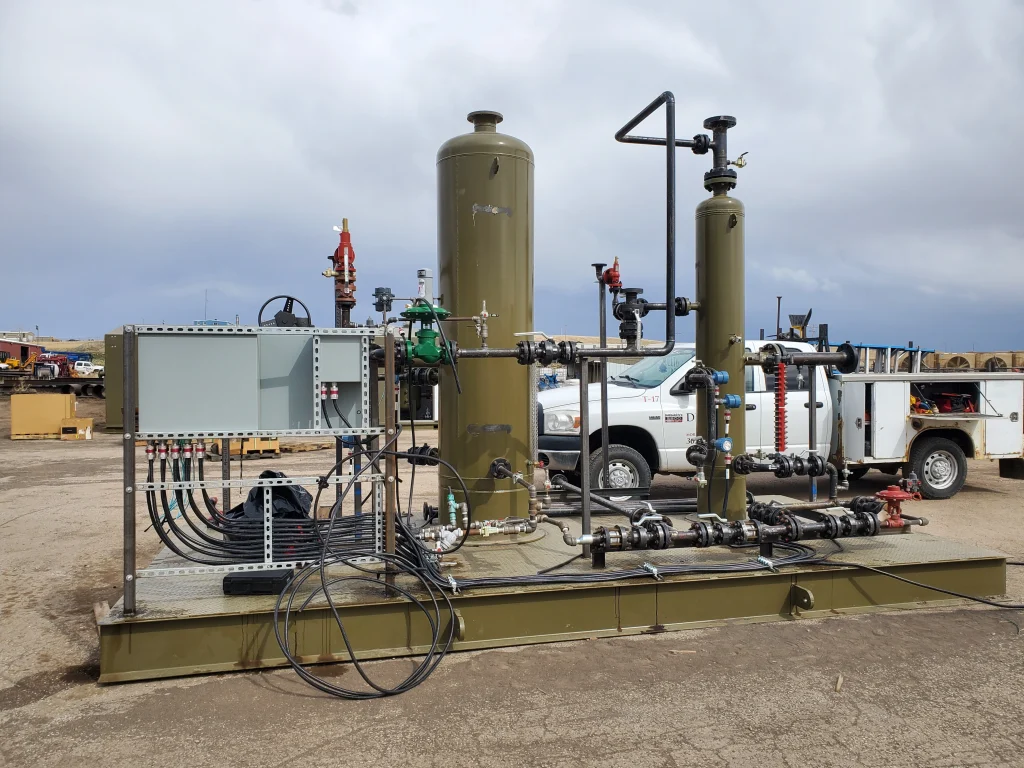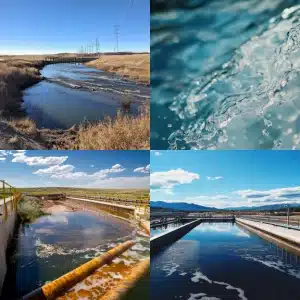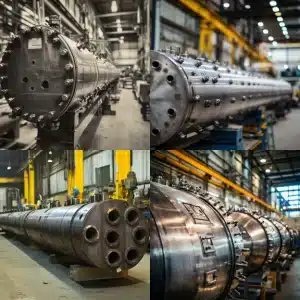
What are the different types of failure safety?
Failure safety, in engineering and design, refers to measures and strategies put in place to ensure that systems, structures, or components either resist failure or, when they do fail, do so without causing harm to users or the surrounding environment. Various types of failure safety methods and philosophies can be employed, including:
- Fail-Safe:
In this approach, if a component or system fails, it will automatically revert to a safe mode. For instance, if a train’s signaling system fails, it defaults to a “red” or “stop” signal rather than remaining green.
- Fail-Secure:
In these systems, when a failure occurs, the system maintains its current state. This concept is commonly applied in security systems. For example, if a door’s electronic lock system loses power, the door remains locked instead of unlocking.
- Fail-Operational:
If one part of a system fails, the system continues to operate, often due to redundant components. This is common in critical systems like aircraft avionics, where multiple backups ensure continued operation even if one system component fails.
- Fail-Passive:
When a failure occurs, the system goes into a state that won’t cause harm. It might not continue its intended operation, but it won’t make the situation worse either. For instance, if an autopilot system fails, it disengages without making sudden or erratic maneuvers.
- Fault Tolerance:
This approach involves designing systems that can continue to function correctly even in the presence of hardware or software faults. Redundant components, error-correcting codes, and advanced algorithms are often utilized to achieve this.
- Safe Life:
This design philosophy assumes that a system or component will not experience failure within its designated lifecycle if maintained properly. After its predicted lifespan, it should be replaced.
- Damage Tolerance:
In this philosophy, systems are designed to operate safely even when some damage (like cracks or wear) is present. Regular inspections ensure that the damage hasn’t surpassed allowable limits.
- Inherent Safety:
This involves designing systems in such a way that hazards are eliminated rather than controlled. For instance, using a chemical process that doesn’t produce toxic byproducts instead of one that does and then trying to contain or neutralize those toxins.
- Defensive Design:
This entails anticipating potential misuse or errors by users and designing systems that minimize the negative consequences of such errors. For example, designing a user interface that requires confirmation before executing a critical or irreversible action.
- Layers of Protection:
Multiple independent systems or barriers are put in place to prevent or mitigate failures. If one layer fails, others are present to provide backup protection. This is commonly used in industries like nuclear energy, where multiple safety barriers exist.
- Interlocks:
These are mechanisms that prevent certain operations from occurring if conditions are unsafe. For instance, a washing machine door that locks when the machine is running and only unlocks once it’s safe to open.
Each of these safety methodologies is applicable in different scenarios, and often multiple strategies are combined to ensure the utmost safety in critical systems. The choice of which methods to employ depends on the potential risks associated with failure, the consequences of such failures, and the practicalities of implementing the safety measures.
General Principles of failure safety:
When discussing the safety of pressure vessels, it’s essential to integrate the general principles of failure safety to this specific application. Pressure vessels, given their critical function in various industries, have to adhere to stringent safety standards due to the potentially catastrophic consequences of failure.
- Fail-Safe Designs for Pressure Vessels:
Pressure relief devices, such as safety valves, are implemented so that if the pressure inside the vessel exceeds a certain limit, these devices will release the excess pressure, preventing over-pressurization and potential vessel rupture.
- Inherent Safety in Pressure Vessels:
Material selection is pivotal. Using corrosion-resistant materials or coatings can inherently reduce the risk of material degradation, a leading cause of pressure vessel failures.
- Damage Tolerance:
Given the critical nature of pressure vessels, they’re regularly inspected for cracks, thinning, or other forms of wear. Advanced non-destructive testing techniques, like ultrasonic testing or radiographic testing, are employed to detect potential damage before it becomes catastrophic.
- Safe Life Philosophy:
Pressure vessels are given a designated lifecycle based on the material, operating conditions, and design margins. After this period, or if they’ve been exposed to certain extreme conditions, they should be replaced or undergo extensive testing and possibly refurbishment.
- Fault Tolerance in Pressure Vessel Systems:
Redundant safety systems, like multiple pressure relief devices or backup control systems, can be implemented. If one device or system fails, others can take over, ensuring that the pressure vessel remains safe.
- Defensive Design:
In the context of pressure vessels, this might include designing control systems that provide clear alerts or warnings if operating conditions approach unsafe levels. Moreover, safeguards could be in place to prevent operation if certain conditions aren’t met, like ensuring the vessel isn’t overfilled.
- Layers of Protection for Pressure Vessels:
Beyond just the vessel itself, the surrounding environment is designed with safety in mind. This might include blast walls, containment systems, or ventilation systems to mitigate the effects if a leak or rupture were to occur.
- Interlocks in Pressure Vessel Systems:
Similar to other applications, interlock mechanisms can be implemented. For instance, a pressure vessel might not be allowed to operate unless certain conditions, such as having all access hatches securely closed, are met.
- Fail-Passive Systems:
In the context of automated pressure vessel systems, a failure in the control system could lead to a default state that doesn’t amplify the risk. For instance, a control system failure might halt the addition of heat or material to the vessel rather than allowing it to continue uncontrolled.
When considering the safety of pressure vessels, it’s important to understand that they often operate under high pressures and sometimes in conjunction with high temperatures. Given the stored energy in these vessels, a failure can be catastrophic, leading to explosions, release of hazardous materials, or structural damage. As a result, the design, manufacturing, maintenance, and operation of pressure vessels are governed by rigorous standards and codes in many countries. These codes incorporate many of the safety principles discussed, ensuring that pressure vessels are both designed and operated with safety as a paramount concern.
Related Blog Post
- Understanding Desiccant Dryers: Key to Optimized Air Quality in Industrial Applications
- What are the types of failure in the strength of materials?
- What are the failure modes of ships?
- What are the failure modes of pressure transducers?
- Factors Affecting Pressure Vessels
- Types of Pressure Vessel Stress




